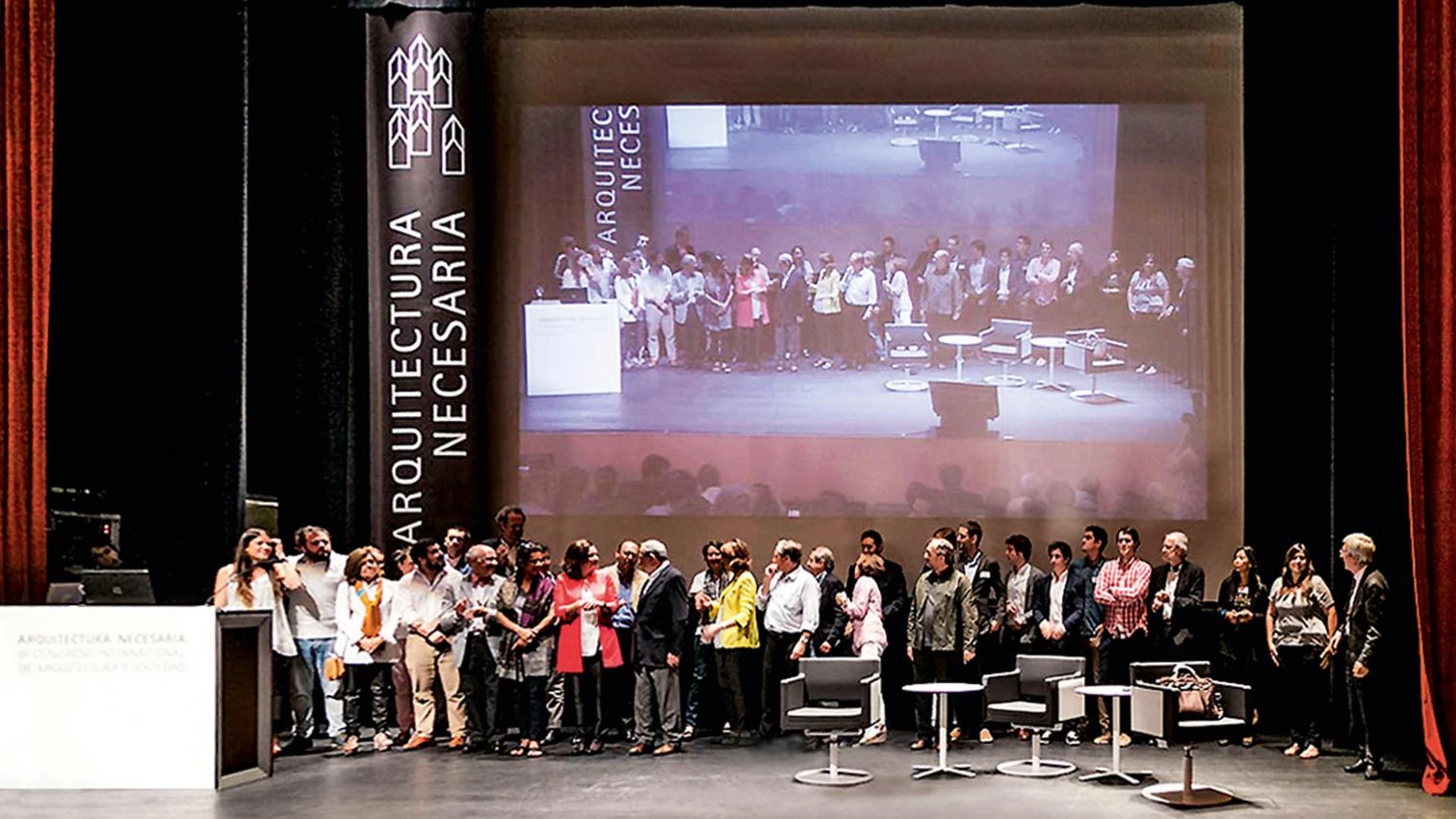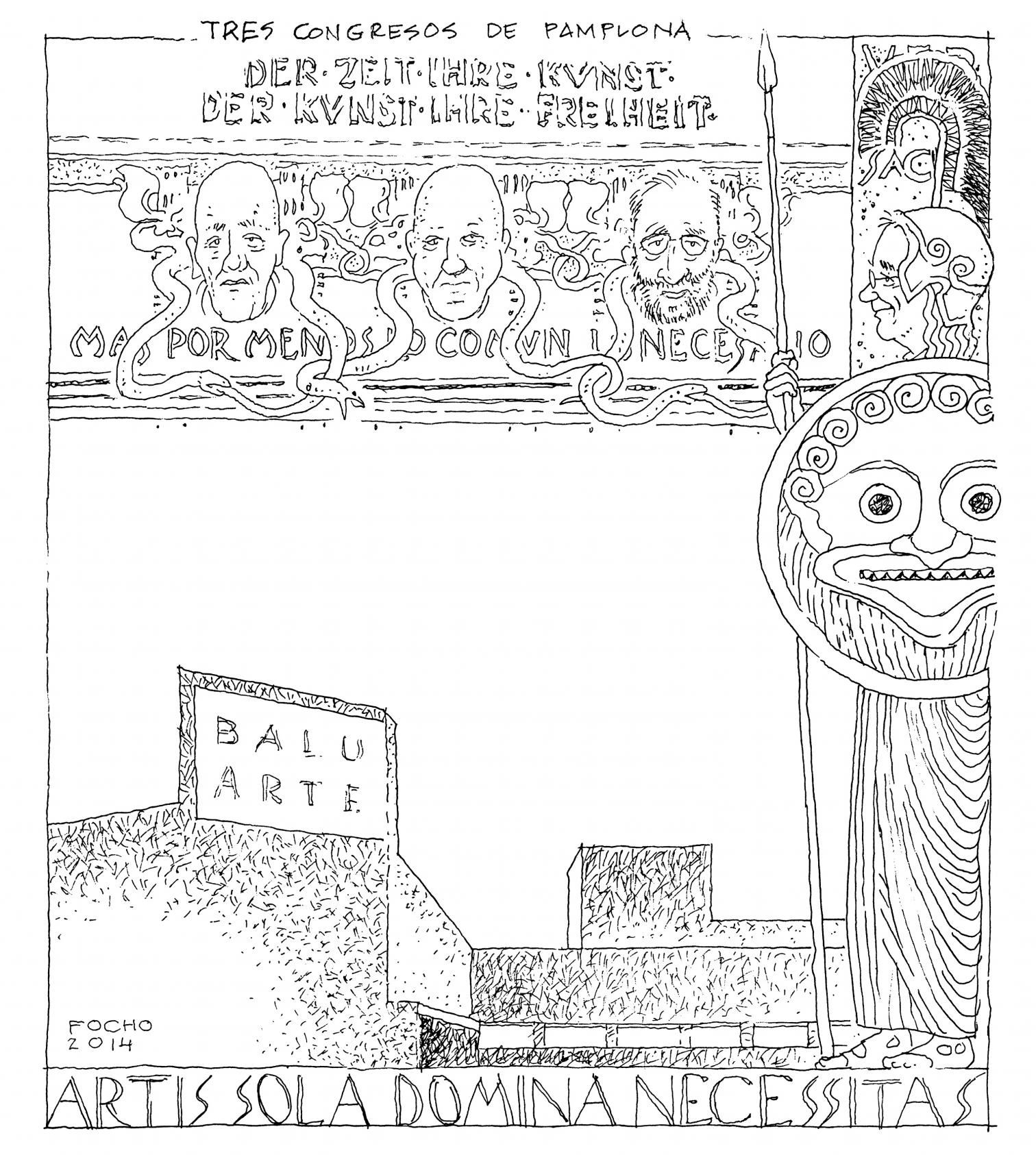
On 13 June, at the Baluarte auditorium and convention center of Pamplona, the Fundación Arquitectura y Sociedad wrapped up its third biennial international congress, closing a series that began in the year 2010 with the motto ‘More for Less’, continued in 2012 under ‘The Common’, and this year addressed the theme ‘Necessary Architecture’. By ‘necessary’ the organizers of the event referred as much to that which is indispensable during times of austerity, as to what architecture continues to be, regardless of the opinion of those who question its role in society or even its very existence. Hence, far from being reductive or dogmatic, the list of writers and architects invited to Pamplona for the occasion was diverse, encompassing everything from the small cooperation projects in Africa that Andres Lepik described to the large-scale urban transformation works carried out by Dominique Perrault in Paris or Naples; from buildings with a commitment to the use of local materials – such as the works of Anupama Kundoo and Peter Rich – or the public megastructures of Grafton Architects to constructions in enclaves like Switzerland and Norway, where public opinion counts, which are exemplified by buildings in Zurich or Basel by Gigon & Guyer and the Munch Museum that Juan Herreros will be raising in Oslo. Varied and international, this view of the necessary was complemented by that of a master, Álvaro Siza, for whom necessary architecture “gives pleasure” through its commitment with society. A good motto, perhaps, with which to sum up the congress.






